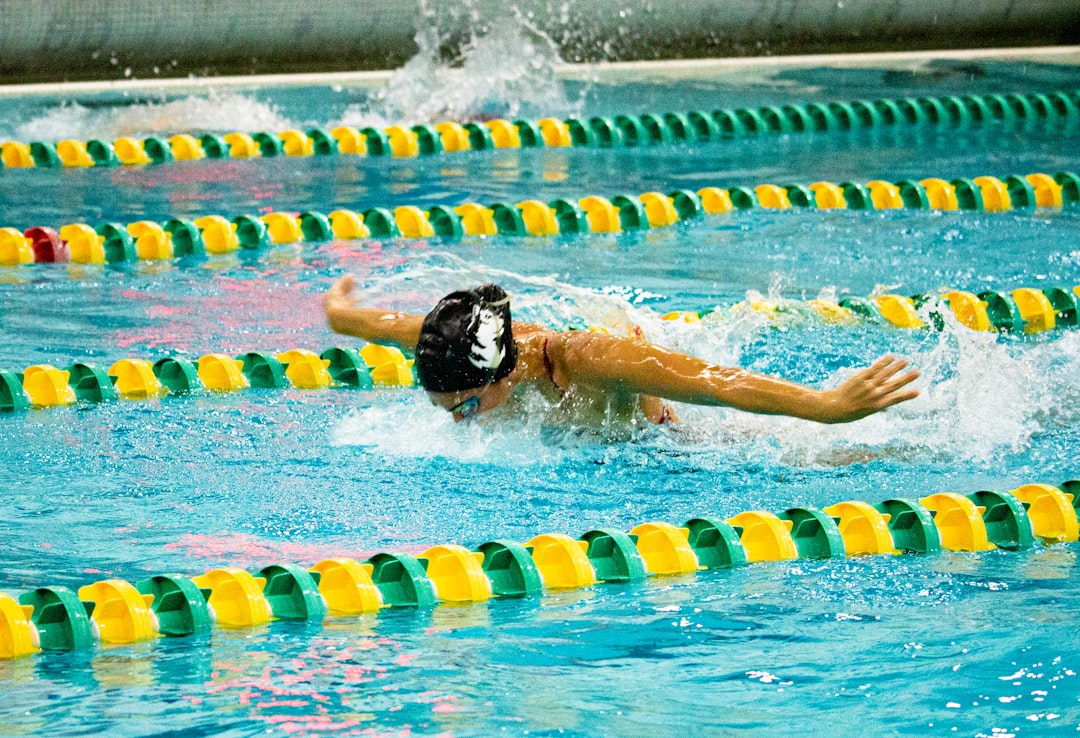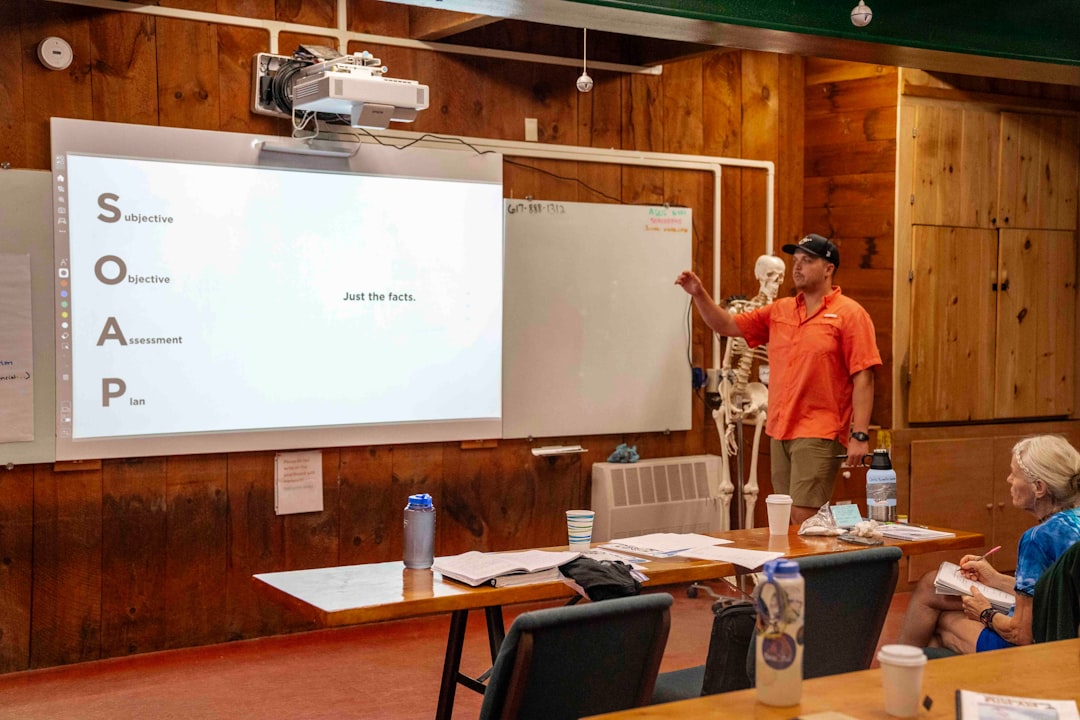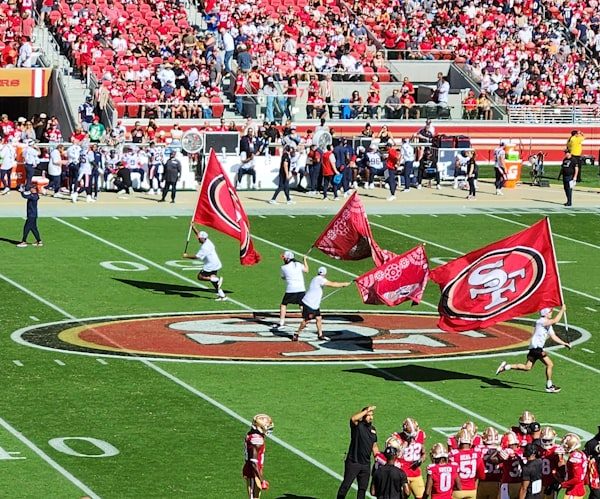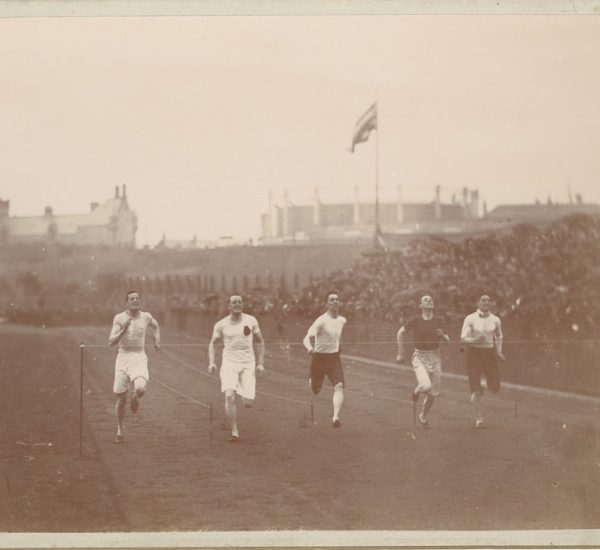Mastering the art of swimming at a competitive level takes more than just natural talent—it demands rigorous discipline, strategic planning, and a commitment to excellence. For U.S. competitive swimmers aiming to train like the pros, understanding the core components of elite swimming training is essential. From mastering techniques to maintaining physical and mental health, each aspect of training contributes to cutting through the water faster and more efficiently than ever before.
Structured Training Regimen
A professional swimmer typically trains between 20 to 30 hours a week. Training includes not only swimming laps but also dryland workouts and recovery sessions. Here’s a breakdown of what a weekly training schedule might include:
- Pool Workouts: These usually occur 6 days a week, with two sessions per day on most days. Workouts focus on endurance sets, sprint intervals, stroke technique, and race strategies.
- Dryland Training: Incorporates strength training, core work, and flexibility exercises. Olympic-style lifting and bodyweight exercises help build powerful strokes.
- Recovery and Mobility: Includes yoga, stretching, massage, and foam rolling to reduce injuries and promote muscle repair.

Nutrition and Hydration
Elite swimmers follow strict nutritional guidelines to fuel performance and accelerate recovery. A high-protein, high-carb, and nutrient-dense diet is essential for energy and muscle repair. Key points include:
- Eating five to six small meals/snacks per day to maintain energy.
- Hydrating consistently throughout the day—even during cooler months, dehydration is a risk.
- Using supplements like electrolytes, omega-3s, and recovery drinks under a coach or dietitian’s supervision.
Hydration is especially important before and after training sessions. Swimmers should aim to drink water regularly, as the pool environment can mask sweat loss.
Technique Is Everything
Drills and video analysis play a crucial role in sharpening technique. Professional swimmers spend hours working on starts, turns, stroke efficiency, and kick timing. Coaches often use underwater cameras and motion analysis software to track progress and correct flaws in real-time.
The use of tools like paddles, kickboards, snorkels, and fins helps develop form and muscle memory without overwhelming the body during every session.

Mental Game and Goal Setting
Swimming at the elite level is as much mental as it is physical. Focused athletes set short-term and long-term goals, practice visualization techniques, and often work with sports psychologists to enhance their competitive mindset.
- Visualization: Rehearsing races mentally helps swimmers handle pressure and perform at their peak.
- Daily Journals: Keeping track of mood, performance, and goals keeps athletes aligned with their training objectives.
- Rest Days: Essential for both mind and body, structured rest supports long-term progress and avoids burnout.
Coaching and Accountability
A coach’s role is central to a pro swimmer’s success. They develop personalized training plans, offer real-time feedback, and keep athletes focused. Elite swimmers often work closely with a team that includes strength coaches, physiotherapists, and nutritionists.
Team culture also plays a role. Training with a group pushes athletes to go harder while maintaining a sense of camaraderie and shared commitment.
Frequently Asked Questions (FAQ)
- How many hours do professional swimmers train each week?
- Elite swimmers train between 20 to 30 hours weekly, combining swim sessions, dryland training, and recovery work.
- What type of diet should a competitive swimmer follow?
- A balanced diet with lean proteins, complex carbs, healthy fats, and plenty of fluids is crucial. Consistent hydration and adequate calorie intake are key to supporting rigorous training loads.
- Do professional swimmers train every day?
- Most professionals train six days a week, often with double sessions. They incorporate one scheduled rest or active recovery day into their routine.
- Why is video analysis important in swim training?
- Video allows swimmers and coaches to identify technical flaws, assess progress, and make data-driven improvements.
- How important is mental training?
- Very important. Mental resilience, focus, and confidence often separate top-level swimmers from the rest. Visualization and goal-setting play a huge role in performance.
Training like a pro swimmer takes more than just passion. It requires a scientific and disciplined approach, dedication to daily improvement, and a team to support your journey. With the right strategy and mindset, U.S. competitive athletes can truly swim at the top of their game.



